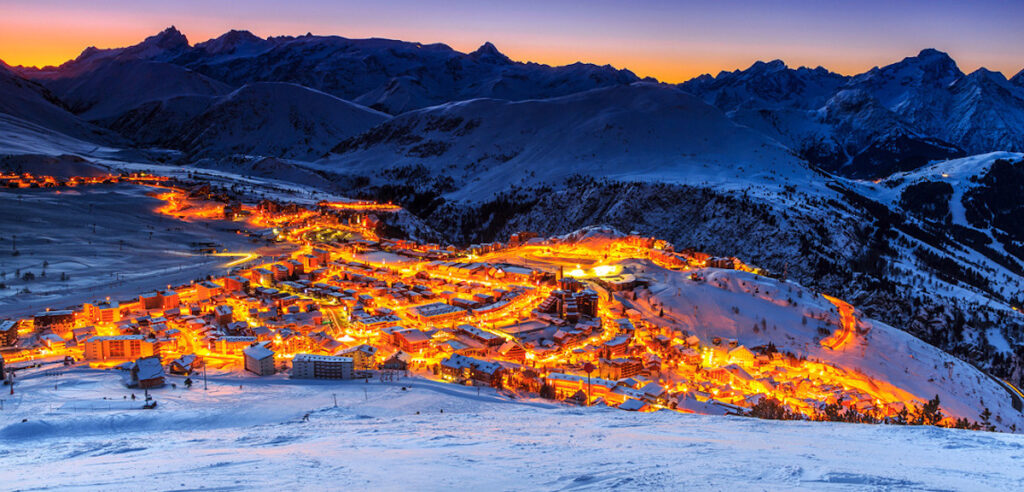In French ski resorts, almost 50 % of homes are classified as F or G, and are therefore considered to be energy flats. This situation is more worrying than the national average, which is around 17 %.
We all know that mountain flats are often singled out for their high energy consumption. But that's not the case. Mountain property demand and prices are doing well if we are to believe the latest studies carried out in this area.
Currently, in the mountains, the proportion of energy-guzzling homes varies from 15 % at Bellefontaine, in the Jura, the most energy-efficient resort in the ranking, to 90 % of homes considered to be energy passoires, at Isola 2000, in the Southern Alps.
READ MORE: Property: Which are the most affordable ski resorts in the Alps by m2?
The high proportion of homes rated F or G in ski resorts can be explained by a number of factors, including the age of the buildings, which were often constructed before the first thermal regulations, and the extreme climatic conditions due to the altitude.
A structure with a majority of small flats, as is the case at Isola 2000, is also more likely to receive a poor Energy Performance Diagnosis (DPE) rating, as energy consumption per square metre is higher.
The first regulations were introduced in 1974
As a reminder, it was during the major development phase of ski resorts in the 60s and 70s (La Plagne, Val Thorens, Les Arcs, etc.), which consisted mainly of flats in rapidly built residences, that the first thermal regulations were introduced.
In 1974, this law set the target of reducing the energy consumption of new buildings by 25 % by limiting heat loss, in particular by requiring the installation of a thin layer of thermal insulation and the fitting of heating thermostats.
READ MORE: Property: Which are the most expensive ski resorts in France?
Today, on a sample of 150,000 energy renovation projects carried out, it is estimated that €450 per m2 the average budget for an energy renovation to gain one or two EPD classes.
Prices that don't seem to scare off some investors, who even see this as an opportunity to realise a capital gain on resale after renovation. Because, as mentioned above, demand for mountain accommodation remains buoyant.

